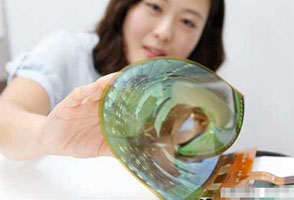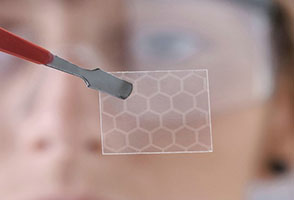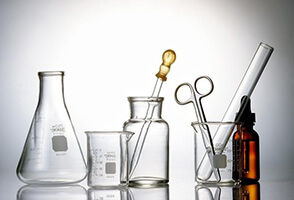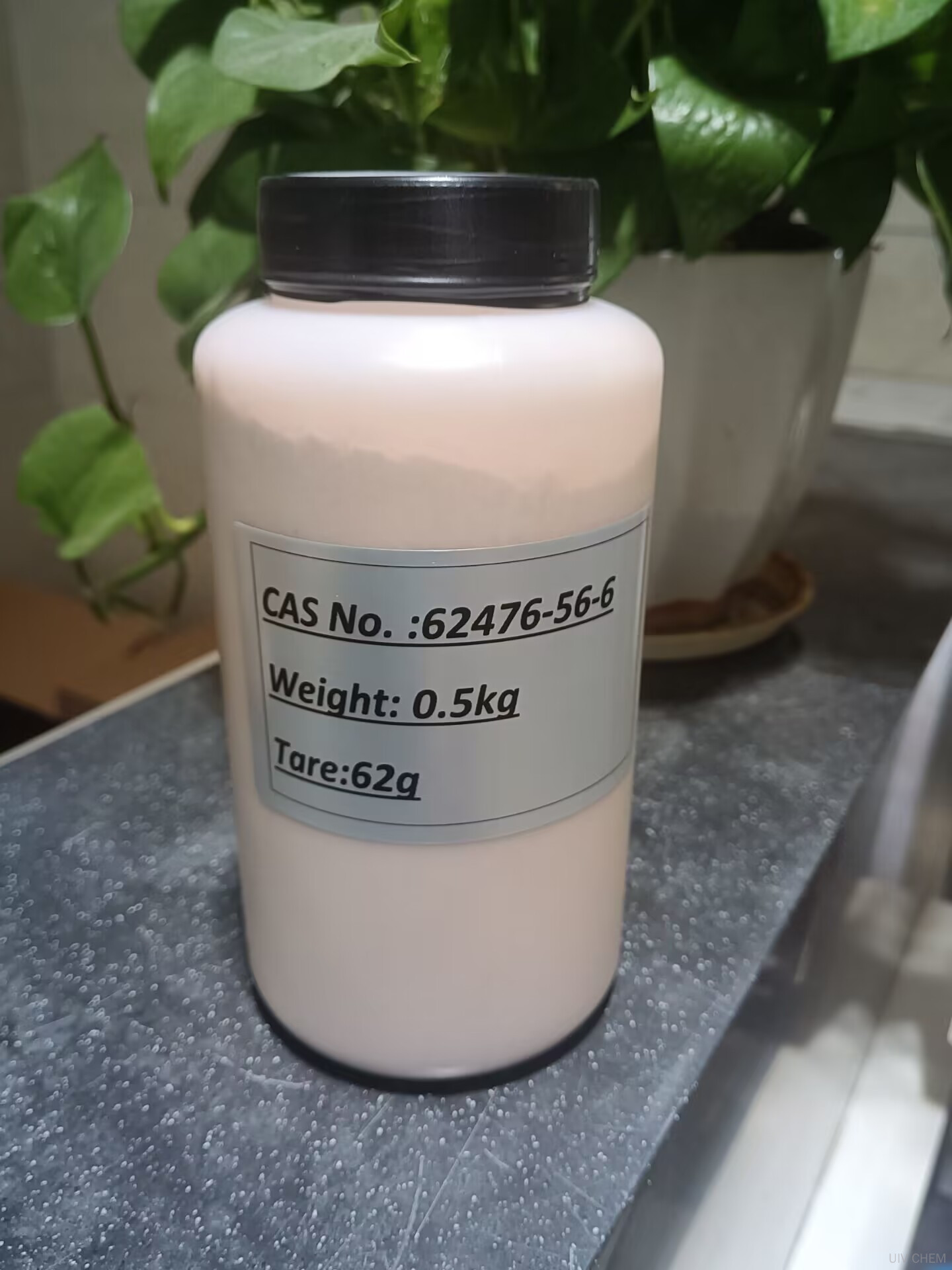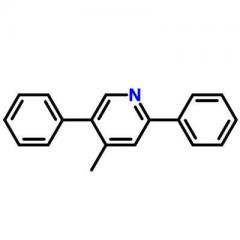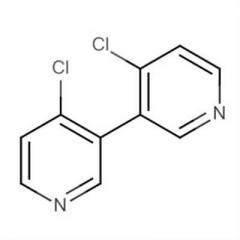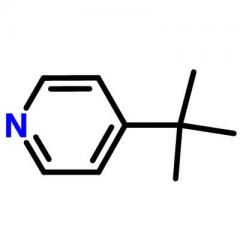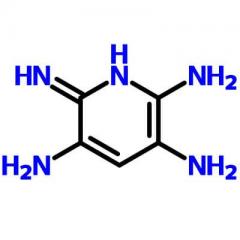| Identification | ||
| Name |
|
3-Amino-2,6-dichloropyridine |
| Synonyms |
|
2,6-Dichloro-3-pyridylamine 2,6-Dichloropyridin-3-amine |
|
|
||
| Molecular Structure |
|

|
|
|
||
| Molecular Formula |
|
C5H4Cl2N2 |
| Molecular Weight |
|
163.00 |
| CAS Registry Number |
|
62476-56-6 |
| EINECS |
|
263-559-1 |
| Properties | ||
| Melting point |
|
122-123 ºC |
|
Boiling point |
|
268.76°C |
|
density |
|
1.5462 |
|
refractive index |
|
1.6300 |
|
pka |
|
-0.01±0.10 |
| Safety Data | ||
| Hazard Symbols |
|
Xi |
| Risk Codes |
|
R36/37/38 |
| Safety Description |
|
S26;S37/39 |
3-Amino-2,6-dichloropyridine description:
3-Amino-2,6-dichloropyridine, also known as 3-ADCP, is an organic compound that is used in a variety of scientific applications. It is a colorless solid that is soluble in water, ethanol, and methanol. 3-ADCP has been used in the synthesis of a variety of compounds, as well as for its biological and pharmaceutical properties. In this paper, we will discuss the synthesis method, scientific research applications, mechanism of action, biochemical and physiological effects, advantages and limitations for lab experiments, and potential future directions for 3-ADCP.
3-Amino-2,6-dichloropyridine applications:
3-Amino-2,6-dichloropyridine has a wide range of scientific research applications. It has been used in the synthesis of a variety of compounds, such as quinoline derivatives, pyridines, and pyrimidines. It has also been used in the synthesis of pharmaceuticals, such as anti-inflammatory agents, antibiotics, and antifungals. Additionally, 3-Amino-2,6-dichloropyridine has been used in the synthesis of a variety of dyes, catalysts, and fluorescent probes.

